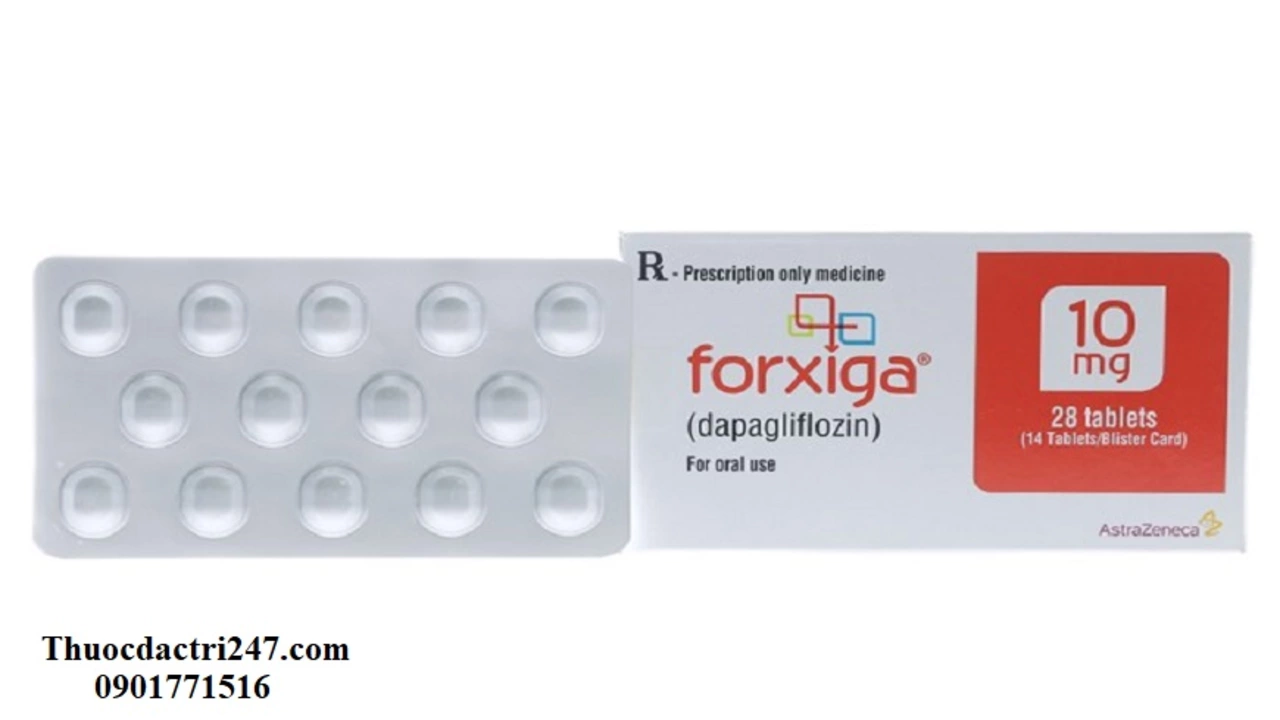Dapagliflozin: What it does and how to use it
Dapagliflozin is an SGLT2 inhibitor used mostly for type 2 diabetes. It helps lower blood sugar by making your kidneys remove extra glucose in the urine. Doctors also prescribe it now for heart failure and chronic kidney disease because trials showed real benefits beyond blood sugar control. Want a clear, practical overview? Read on.
How dapagliflozin works and who it helps
SGLT2 blockers like dapagliflozin block a kidney protein that reabsorbs glucose. That means more sugar leaves the body when you pee. For people with type 2 diabetes this lowers A1C and often leads to a bit of weight loss and lower blood pressure. Big studies (for example DAPA-HF and DAPA-CKD) found fewer heart-failure hospitalizations and slower kidney decline in people who took dapagliflozin, even if they didn’t have diabetes.
Who might be offered dapagliflozin? Adults with type 2 diabetes who need better glucose control, patients with heart failure with reduced ejection fraction, and people with chronic kidney disease meeting the doctor’s criteria. It’s not for type 1 diabetes because of a higher risk of diabetic ketoacidosis (DKA).
Dosage, monitoring, and safety tips
Typical dosing is 5 mg once daily, often increased to 10 mg if more effect is needed and tolerated. Take it in the morning with or without food. Your doctor will check kidney function (eGFR) before starting and periodically after. If your eGFR is too low, the drug may be stopped or not started.
Watch for common side effects: genital yeast infections and urinary tract infections are the most frequent. Some people feel dizzy or lightheaded because dapagliflozin can reduce blood volume. Rare but serious risks include dehydration, low blood pressure, and euglycemic DKA — a type of ketoacidosis that can occur even if blood sugar isn’t very high.
Hold dapagliflozin before planned major surgery or during serious illness, vomiting, or dehydration. If you take strong diuretics, discuss dose adjustments with your clinician to avoid low blood pressure. Pregnancy and breastfeeding: avoid or discuss alternatives — safety is not established.
Quick practical tips: keep good genital hygiene and speak up early about symptoms of infection; stay hydrated, especially in hot weather; check blood pressure regularly if you’re on diuretics; and tell any doctor or dentist you see that you take dapagliflozin. If you notice fast breathing, nausea, stomach pain, or unusual sleepiness, seek urgent care — those can be signs of DKA.
Dapagliflozin can be a helpful drug for the right people, but it needs follow-up and some simple precautions. Talk with your clinician about whether it fits your health goals and how to use it safely.

